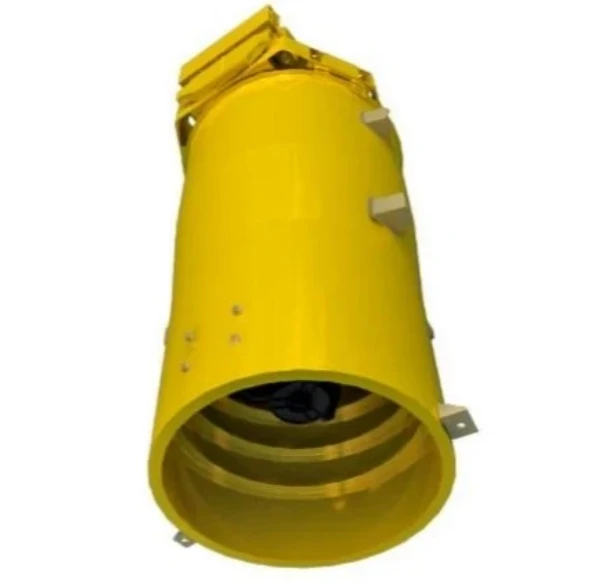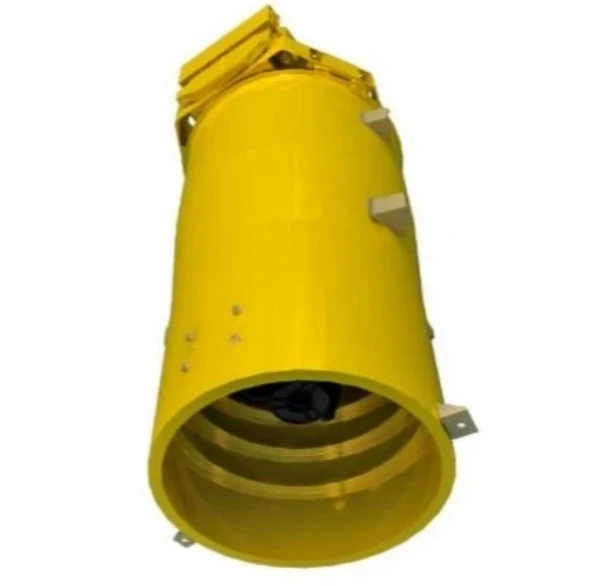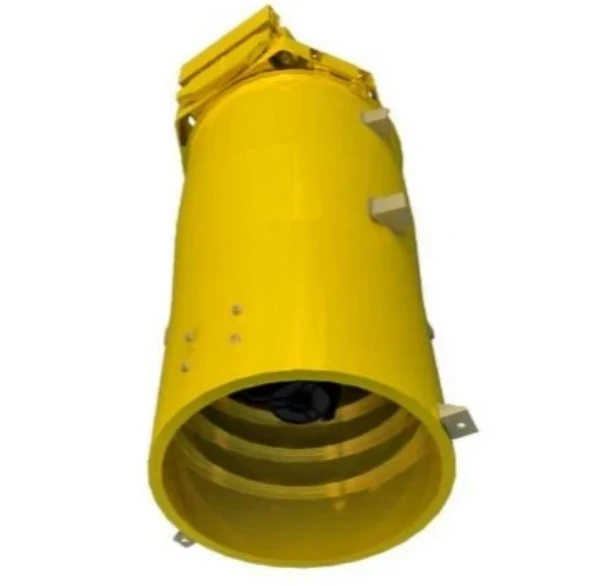
- Afrikaans
- Albanian
- Amharic
- Arabic
- Armenian
- Azerbaijani
- Basque
- Belarusian
- Bengali
- Bosnian
- Bulgarian
- Catalan
- Cebuano
- China
- Corsican
- Croatian
- Czech
- Danish
- Dutch
- English
- Esperanto
- Estonian
- Finnish
- French
- Frisian
- Galician
- Georgian
- German
- Greek
- Gujarati
- Haitian Creole
- hausa
- hawaiian
- Hebrew
- Hindi
- Miao
- Hungarian
- Icelandic
- igbo
- Indonesian
- irish
- Italian
- Japanese
- Javanese
- Kannada
- kazakh
- Khmer
- Rwandese
- Korean
- Kurdish
- Kyrgyz
- Lao
- Latin
- Latvian
- Lithuanian
- Luxembourgish
- Macedonian
- Malgashi
- Malay
- Malayalam
- Maltese
- Maori
- Marathi
- Mongolian
- Myanmar
- Nepali
- Norwegian
- Norwegian
- Occitan
- Pashto
- Persian
- Polish
- Portuguese
- Punjabi
- Romanian
- Russian
- Samoan
- Scottish Gaelic
- Serbian
- Sesotho
- Shona
- Sindhi
- Sinhala
- Slovak
- Slovenian
- Somali
- Spanish
- Sundanese
- Swahili
- Swedish
- Tagalog
- Tajik
- Tamil
- Tatar
- Telugu
- Thai
- Turkish
- Turkmen
- Ukrainian
- Urdu
- Uighur
- Uzbek
- Vietnamese
- Welsh
- Bantu
- Yiddish
- Yoruba
- Zulu
Understanding Optical and Digital Cameras: Key Differences and Features
Cameras are integral to modern technology, whether for personal use, surveillance, or scientific applications. Two primary types of cameras dominate the market: optical cameras and digital cameras. Understanding the distinctions between these camera types, along with specific features such as digital zoom and optical zoom, is essential for selecting the right device for various needs. Additionally, innovative technologies such as the wireless pan tilt zoom camera continue to enhance capabilities in both personal and professional use.
What is an Optical Camera?
An optical camera refers to a traditional camera that uses optical components such as lenses to capture images. It relies on light passing through the lens to create an image on film or a digital sensor. Unlike digital cameras, which focus on electronic components, optical cameras are heavily dependent on the physical lens and sensor combination.
In these cameras, the quality of the image is largely determined by the optical performance of the lenses, making them ideal for high-resolution photography. Optical cameras are widely used in professional settings where clarity and detail are paramount, such as in photography and cinematography.
Optical Camera vs Digital Camera: Key Differences
While optical cameras rely on physical components to capture images, digital cameras use electronic sensors and processes to create photos. The primary distinction between these two lies in how the image is captured and processed.
A digital camera uses an image sensor to convert light into electronic signals, which are then processed into a digital image. This allows for greater flexibility, such as the ability to instantly view, edit, or share images. On the other hand, an optical camera produces a film or image directly, without relying on digital technology.
One significant advantage of digital cameras is that they allow for more straightforward manipulation of the image, offering settings like digital zoom and the ability to enhance photos with editing software. However, optical cameras are preferred in environments requiring the highest level of image quality without the digital enhancements or alterations.
The Role of Wireless Pan Tilt Zoom Cameras
A wireless pan tilt zoom camera is an advanced security and surveillance tool that offers remote control and adjustable viewing angles. This camera type features a pan-tilt function that enables horizontal and vertical movement, along with a zoom feature for capturing distant objects. The wireless nature of the camera allows for easy installation and integration into various systems without the need for extensive wiring.
This flexibility makes wireless pan tilt zoom cameras popular in surveillance, monitoring, and even live streaming situations, where capturing detailed footage from multiple angles is required. The camera’s pan tilt zoom function is often controlled remotely, offering operators the ability to focus on specific areas or zoom in on subjects for closer inspection.
Digital Zoom and Optical Zoom: Understanding the Difference
When comparing digital zoom and optical zoom, it’s important to understand how each one works and impacts image quality. Optical zoom refers to the ability of a camera lens to physically adjust and magnify the image. With optical zoom, the quality of the image remains intact because it uses the lens to bring distant subjects closer without losing resolution.
In contrast, digital zoom works by enlarging the image after it has already been captured, essentially cropping the image and increasing its pixel size. While digital zoom can make objects appear closer, it reduces image quality by stretching the pixels and causing a loss of detail. Optical zoom, however, maintains the integrity of the image and is the preferred choice for high-quality photography.
What is Digital Zoom and Optical Zoom?
Digital zoom and optical zoom are two different methods used to magnify images. Optical zoom uses the physical lens of the camera to zoom in on a subject, offering high-quality magnification without losing resolution. This zoom is favored for situations that require clarity and detail, such as wildlife photography or events.
Digital zoom, on the other hand, magnifies a portion of the image electronically, which leads to pixelation and a reduction in image quality. While digital zoom is often useful for getting a closer look at distant subjects, it is less suitable for capturing sharp, detailed images. Digital zoom is more commonly used in devices like smartphones or basic cameras where compactness and ease of use are prioritized over top-tier image quality.
Optical cameras FAQs
What are the main differences between optical and digital cameras?
The main difference between optical cameras and digital cameras lies in how they capture and process images. Optical cameras rely on physical lenses and sensors, while digital cameras use electronic sensors and processes to create digital images. Digital cameras offer more flexibility, such as the ability to adjust settings and edit photos immediately.
How does a wireless pan tilt zoom camera work?
A wireless pan tilt zoom camera works by allowing remote control of its movements and zoom functions. This camera can pan (move horizontally), tilt (move vertically), and zoom in on objects, making it ideal for surveillance and monitoring applications where detailed footage is needed from different angles.
What is the difference between digital zoom and optical zoom?
Digital zoom enlarges an image by cropping and stretching pixels, which results in a loss of image quality. Optical zoom, on the other hand, physically adjusts the lens to magnify the image without losing resolution, providing a clearer and higher-quality zoom.
Is optical zoom better than digital zoom for photography?
Yes, optical zoom is better for photography as it preserves image quality by magnifying the subject using the lens. Digital zoom can cause pixelation and a reduction in detail, making it less ideal for high-quality photography.
What are the benefits of using a wireless pan tilt zoom camera?
The benefits of using a wireless pan tilt zoom camera include flexibility in installation, remote control over the camera’s movement, and the ability to capture detailed footage from different angles. This makes it a valuable tool for surveillance, security, and live streaming applications.











